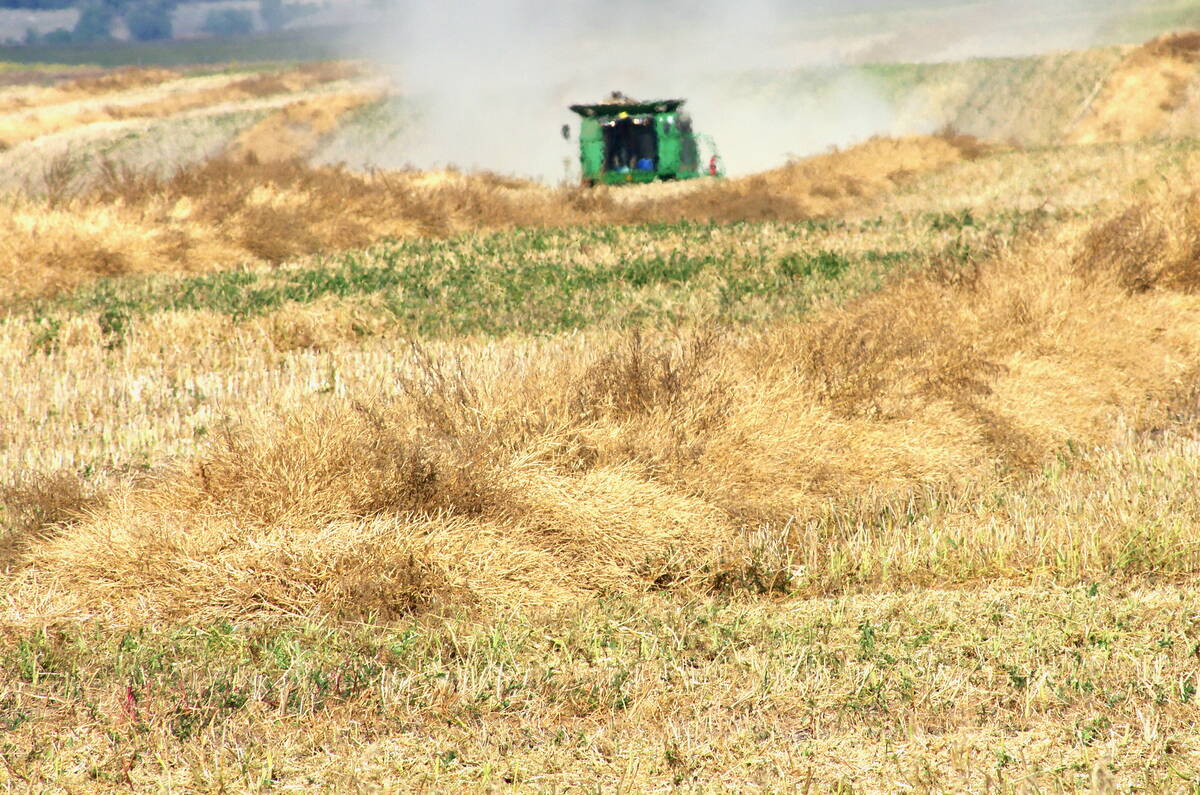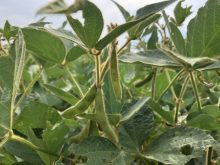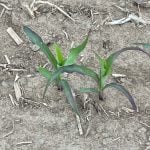A fertilizer industry group’s survey found farmers pay close attention to the costs of fertilizer and supplements and base their buying decisions on “perceived benefit and availability.”
The Canadian Fertilizer Products Forum survey, conducted in April by Ipsos Reid, found that of the 400 farmers surveyed, about half cited price as the main reason for using fewer products and many look to use more manure and compost, when available, to reduce their need for nutrients.
Read Also

ICE Canada Weekly: Canola could climb higher through to spring
With harvest pressure on canola over, the Canadian oilseed could track higher until spring, said David Derwin, commodity futures advisor for Ventum Financial in Winnipeg, Man. Although he cautioned there will be some rough patches along the way.
It found that about 20 per cent of farmers, mainly in the west, were aware of fertilizer products that are available in other countries but haven’t been approved for use in Canada. The survey also found producers to be less familiar with newer products like wetting agents and biosolids relative to “traditional” N, P and K fertilizers.
Just two per cent of those surveyed said they hadn’t used any fertilizers or supplements in the past three years, the CFPF said. It said the “vast majority” was satisfied with physical quality of fertilizer and supplements and 90 per cent approved of manufacturers’ blended products. Almost 20 per cent, the group added, had returned or complained about a product, mainly for being too lumpy or dusty.
The group said three-quarters or farmers surveyed felt the Canadian Food Inspection Agency was doing a good job regulating fertilizer and supplement products. That view ranged from 86 per cent of farmers surveyed in Ontario to 69 per cent in Saskatchewan, 70 per cent in Alberta and 80 per cent in Manitoba.
Of the overall respondents, about 35 per cent were from Saskatchewan, 25 per cent from Ontario, 17 per cent from Alberta and the B.C. Peace, 10 per cent from Quebec and nine per cent from Manitoba. Agriculture and Agri-Food Canada took part in the report’s publication, but noted the views in the report “are not necessarily those of the department.”














